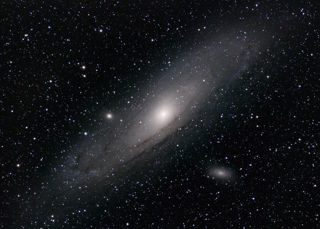
Marconi CR100/2 Communications Receiver
Marconi CR100/2 Communications Receiver
This ex-government surplus army communications receiver was part of the equipment Geoff Perry and Derek Slater used at the Kettering Grammar School Group to track Soviet space activity.Slater and Perry worked at the Kettering Grammar School together and shared an interest in space. They used borrowed and inexpensive equipment to teach their students how to track satellites. In the process of doing this, the Kettering Satellite Tracking Group was born - which in turn led to the discovery and announcement of a secret Soviet launch site at Plesetsk, securing the Group worldwide media attention.
This type of receiver was built in large quantities during World War 2 and many found their way into the second-hand radio enthusiast market after the war. This particular version was built originally for the British Army and its purchase by Derek Slater is fundamental to the Kettering Group coming together. If he hadn't possessed it in 1960 when Geoff Perry proposed tracking Korabl-Sputnik 1 (sometimes known as Sputnik 4 in the West), then things might have taken a different course. In 1957 Slater had been disappointed not to be able to listen to signals from Sputnik. He ran a radio club at his school and was frustrated not to be able to share the experience with his pupils because his receiver did not tune as high as Sputnik's 20 MHz frequency. He bought the CR-100 in 1958 as a result and it was therefore available when the next series of Soviet satellites using 20 MHz appeared in 1960 and Perry sought him out to help track them.
It remained in use as the main piece of receiving equipment until Autumn 1967 when it was replaced by a Racal RA-217. In the late 1960s it was pulled out of retirement temporarily when the Group tracked some of the early Soyuz missions involving multiple spacecraft and simultaneous transmissions at different frequencies. For tuning, it was not stable enough to use in its own right so it was used in conjunction with the highly stable US Army BC-221-T Frequency Meter.
More information
Object number
2014-1
Location
Rocket Tower Level 3
Has this object been into space?
No
Dimension - Dimension, Value, Measurement unit
Depth: 40.0cm
Height: 31.0cm
Width: 41.0cm
Material
Metal
Plastic
Inscription Content - Content
Marconi Receiver CR 100/2 No.374740
Associated Organisation
Kettering Satellite Tracking Group
Associated Person
Slater, Derek
Perry, Geoffrey
Associated Place
Kettering
Object Production Date
Circa 1941
Object Production Organisation
Astrium
Credit Line
Donated by Derek Slater
On Display Status
On display
Copyright and Photos
Photography is shared via the license below.
However, some objects on this website are on loan to the National Space Centre and are being shared through the permission of their owners.
Commercial use of images from this website is not allowed without additional permissions being granted. To request permission to use images for purposes not covered in the license below, please contact [email protected]
Individual objects on loan to the National Space Centre may have additional copyright permissions, so advice should always be sought before use.
![]()
This work is licensed under a Creative Commons Attribution-NonCommercial 4.0 International License.


